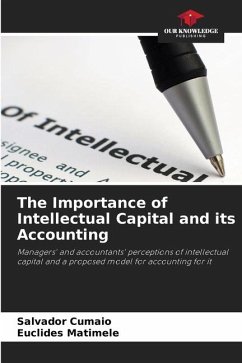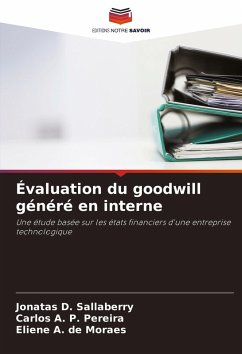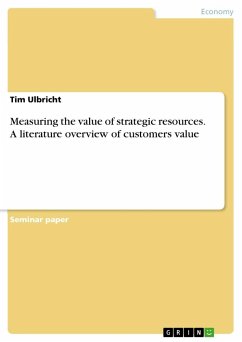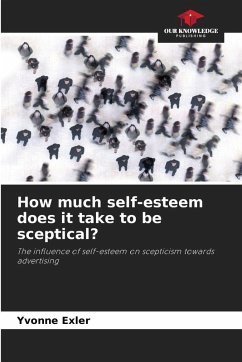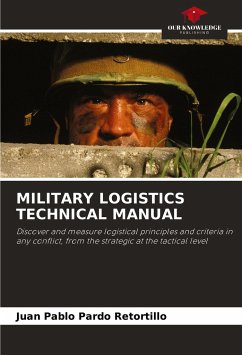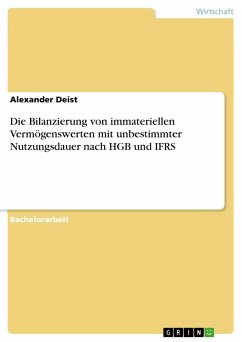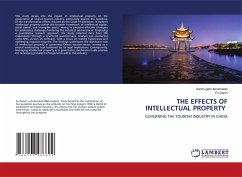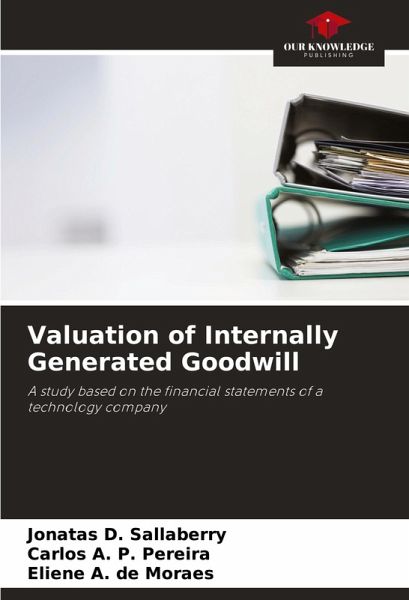
Valuation of Internally Generated Goodwill
A study based on the financial statements of a technology company
Versandkostenfrei!
Versandfertig in 6-10 Tagen
16,99 €
inkl. MwSt.

PAYBACK Punkte
8 °P sammeln!
Financial statements often do not reflect the market value of companies, and this difference between book value and market value is largely justified by the existence of intangible assets not recognized in company accounting. In the accounting literature, there are various methods for valuing internally generated intangible assets, such as the Lawrence R. Dicksee Method, the Hatfield Method, the New York Method, the Current Value of Surplus Profits, Replacement Cost or Current Cost, Economic Value, Realization Value, Excess of Economic Value over Current Value and the Residual Model for Valuin...
Financial statements often do not reflect the market value of companies, and this difference between book value and market value is largely justified by the existence of intangible assets not recognized in company accounting. In the accounting literature, there are various methods for valuing internally generated intangible assets, such as the Lawrence R. Dicksee Method, the Hatfield Method, the New York Method, the Current Value of Surplus Profits, Replacement Cost or Current Cost, Economic Value, Realization Value, Excess of Economic Value over Current Value and the Residual Model for Valuing Intangible Assets, each of which has advantages and disadvantages. Through exploratory research, we identified, among the methods for measuring internally generated goodwill, the one that effectively represents (or is closest to) the value that the market is willing to pay for a given company's assets, considering that this difference stems from expectations of higher earnings based on surplus assets added to the entity. The research used data obtained from the accounting and financial statements.





